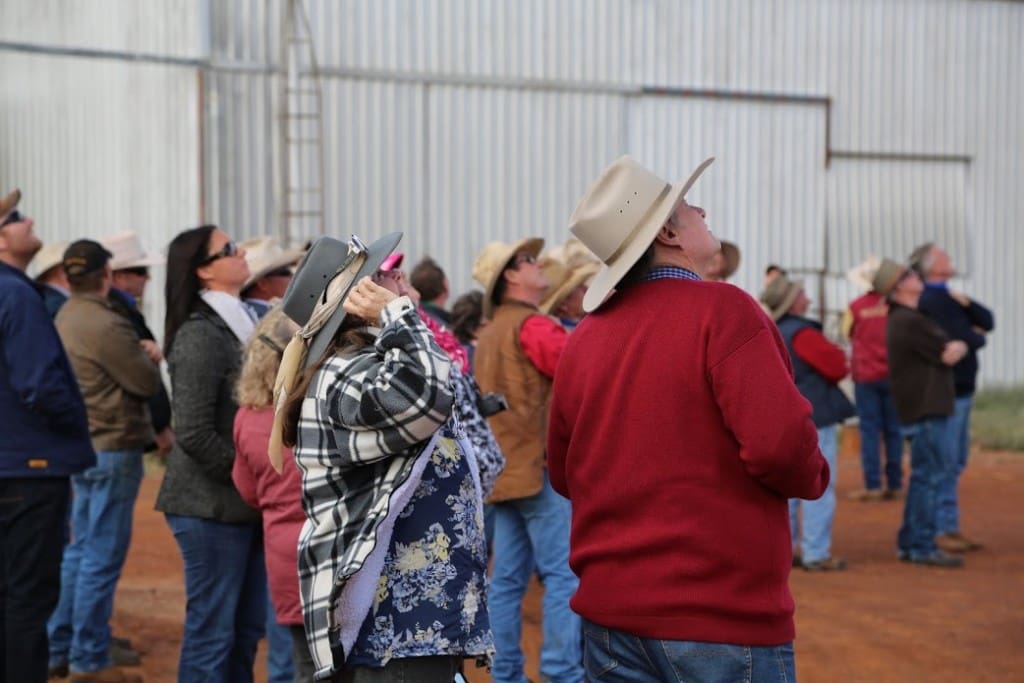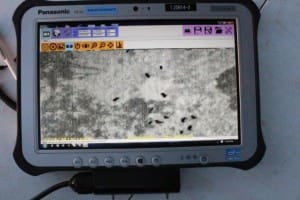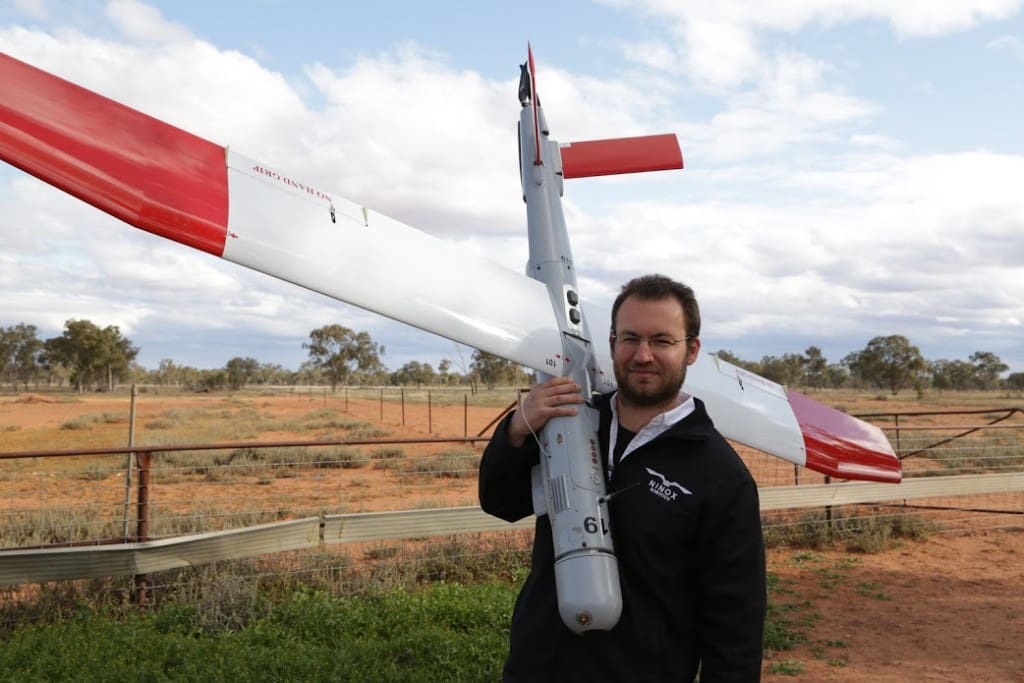IN WHAT is being pitched as the most ambitious civilian drone aircraft trial ever conducted in Australia, technology company Ninox Robotics is using military-grade drones in surveillance roles in rural regions in the battle against invasive pests.
The trial of unmanned aerial vehicles (UAVs) utilises state-of-the-art equipment with advanced real-time thermal imaging capabilities to detect invasive pests in rural areas.
Regulatory approval for the trial has included a number of firsts for a non-military operator in Australia. These include:
- an enhanced flight ceiling of over 400m, enabling Ninox’s systems to cover more ground efficiently
- flight range beyond visual line of sight, all autonomously; and
- the ability to fly at night, thereby enabling the thermal camera to be at its most effective.
The ability to fly the drones at night makes the Ninox operations particularly effective, as most of the pest activity menacing rural farms is more prevalent at night.
Managing director of Ninox Robotics, Marcus Ehrlich, pictured above, said Australian landholders and managers had been struggling against the problem of invasive pest species for decades, including feral dogs, pigs, deer and rabbits. In combination invasive pests had cost billions of dollars in lost productivity and damage, as well as significant destruction to the country’s unique biodiversity.
“With the application of UAVs, we have a new weapon in this fight, which will provide unparalleled effectiveness in pest detection and enhance existing control techniques. It’s a quantum leap over any of the pest intelligence gathering methods currently available,” Mr Ehrlich said.
Unlike other aerial pest detection methods, which rely primarily on the human eye and are ineffective at night, Ninox’s UAVs use world-class dual-payload cameras that can switch easily between normal visual spectrum (RGB) and far infrared (thermal) sight.
Video captured by the camera is streamed live to ground control stations that are manned by trained UAV pilots, as well as passive screens viewed by landholders and other relevant stakeholders, enabling the viewers to determine the location, number and type of targeted pests.
Three week trial
The three-week trial period, which will be conducted at selected sites in southern Queensland and northern New South Wales, has been designed to test the effectiveness of the UAV’s thermal imaging camera to spot invasive pests and domestic animals in a variety of terrain types both at night and in the daytime. During the trial, the information gathered will be combined in real-time with existing control techniques in order to measure the efficacy of the system and its application.

Landholders watch the demonstration on Walter and Christine McLean’s Aberglassie property near Charleville, Qld. See image gallery at base of page
Last week’s trial at Walter and Christine McLean’s Aberglassie property near Charleville Queensland, attended by a group of local landholders (see more images in gallery at base of page), succeeded on all fronts, proving that the military-grade drones could detect invasive pests from the air and provide that information in real-time to a pest management officer.
It also demonstrated the versatility of the Ninox system in a number of roles, including a successful mock rescue of a person lost in the woods, searching for small brush fires from over 5km away, and cataloguing a mob of sheep.
This week, the trial will be conducted on Warren and Lynelle Urquhart’s Warrowa property near Moonie QLD, followed by another trial week in a National Park in the New England in NSW.

The grey dots on the screen are thermal images of feral pigs gathered by the drone in a trial run near Moonie.
“Implementing this trial has been a massive undertaking, working with Australian aviation regulators to test our UAV’s capabilities above and beyond what has been done in this field to date. We believe it’s the first application of its kind for UAV technology in agriculture anywhere in the world,” Mr Ehrlich said.
The Ninox UAVs, which have been supplied by world-leading tactical UAV manufacturer Bluebird Aerosystems, have a wingspan of almost three metres and fuselage of more than one metre. A UAV’s average flight time is around four hours and it can cover an area of up to 100sq km in this time period. The units have a top air speed of 120km/h.
Pending the planned outcome of the trial and additional regulatory approval, Ninox intends to commercialise the service in the coming months, with its first team of fully trained UAV pilots able to be deployed across the country. Ninox is also exploring additional uses of the technology.
“We are confident that come commercialisation, Ninox will be able to offer an array of smart, high tech options for Australian government agencies and landholders in dealing with a variety of problems afflicting our continent,” Mr Ehrlich said.
Source: Ninox Robotics


When, where and will it be open to public the trial in the New England area?